Pictures of buildings mentioned in the second edition “Suffolk” volume of “The Buildings of England” series by Sir Nikolaus Pevsner.
After describing the church of St Peter and St Paul, Pevsner describes several buildings in Fressingfield and starts:
“Immediately S of the church the former Guild House, now Fox and Goose Inn. Handsome, timber-framed, brick-nogged front to the churchyard. Corner post with figure of St Margaret. Like Church Cottage at Cockfield, it is a former church house".
A list of Suffolk Gilds in the Proceedings of the Suffolk Institute of Archaeology and History shows St Margaret’s Gild in Fressingfield. The Historical Atlas of Suffolk noting that the social activities of gilds were often held inside churches said “but popular opinion steadily moved against this and special gildhalls were built, sometimes a single hall being used by more than one gild. Fressingfield gildhall (still noted for its good food) must have been one of the later ones, having been established in the last years of Henry VII’s reign. Its setting up was designed specifically to remove all ‘church ales, gilds, yeardays, buryings and other drinkings’ from the church”.
The Fox and Goose remains one of the most enjoyable restaurants in Suffolk. Their twitter account isn’t even listed on the web-site (@Foxygossip). Lunch in the bar or dinner in the upstairs dining room is always a great pleasure given that Paul Yaxley’s food is matched by the wonderful historic surroundings. A plaque inside suggests it was built in 1509 and it celebrated its 500 year anniversary in 2009.
Here is the view from the road side:
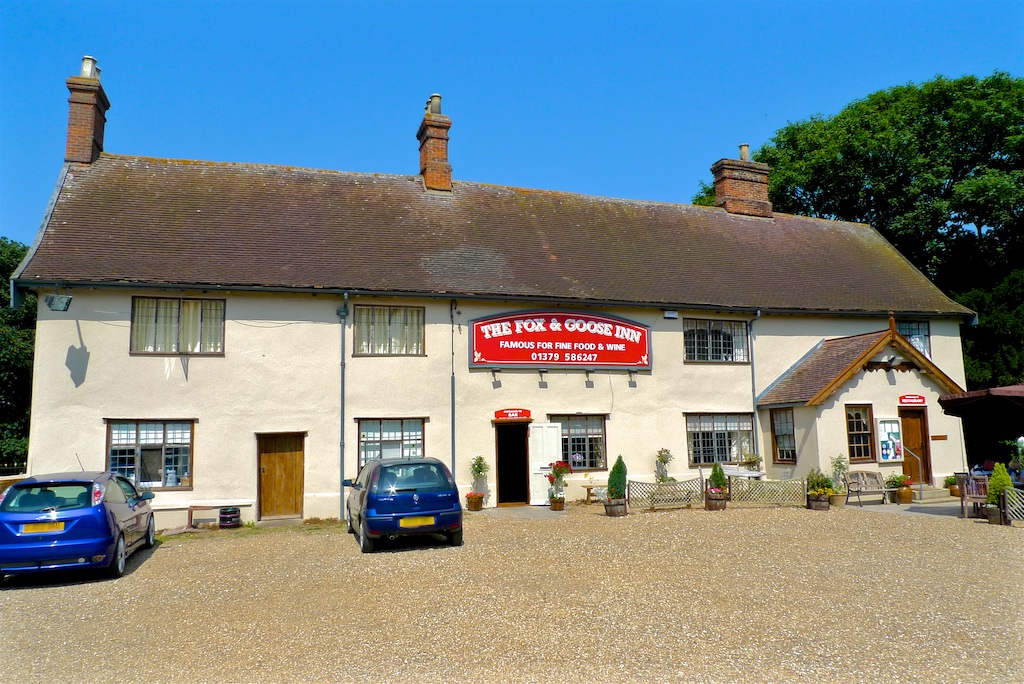
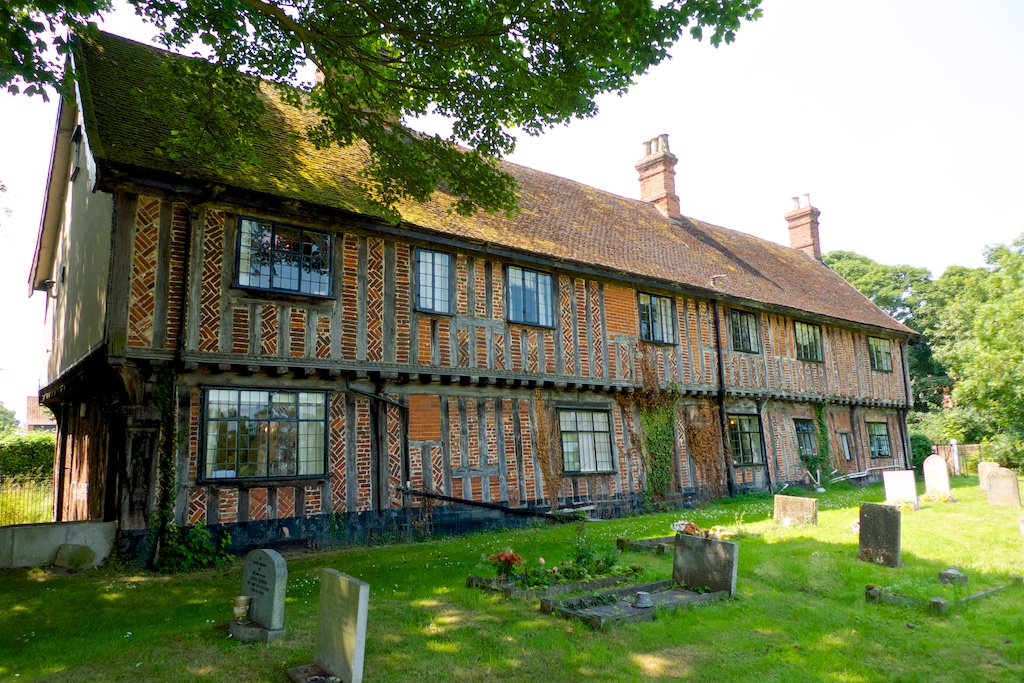
“N of the Church the Vicarage, Georgian, of five bays and two storeys".
Here is the elegant vicarage seen from the churchyard:
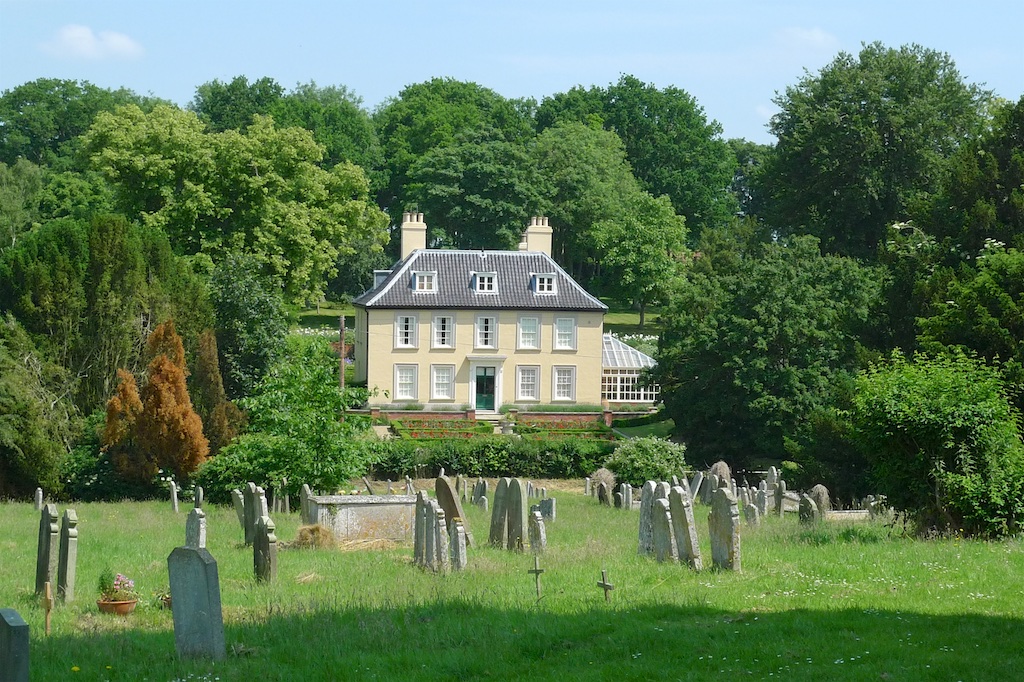
Pevsner continues: "and a little to its SE the Baptist Church of 1835, red brick, with a roof of most surprising geometry.” Seen here:
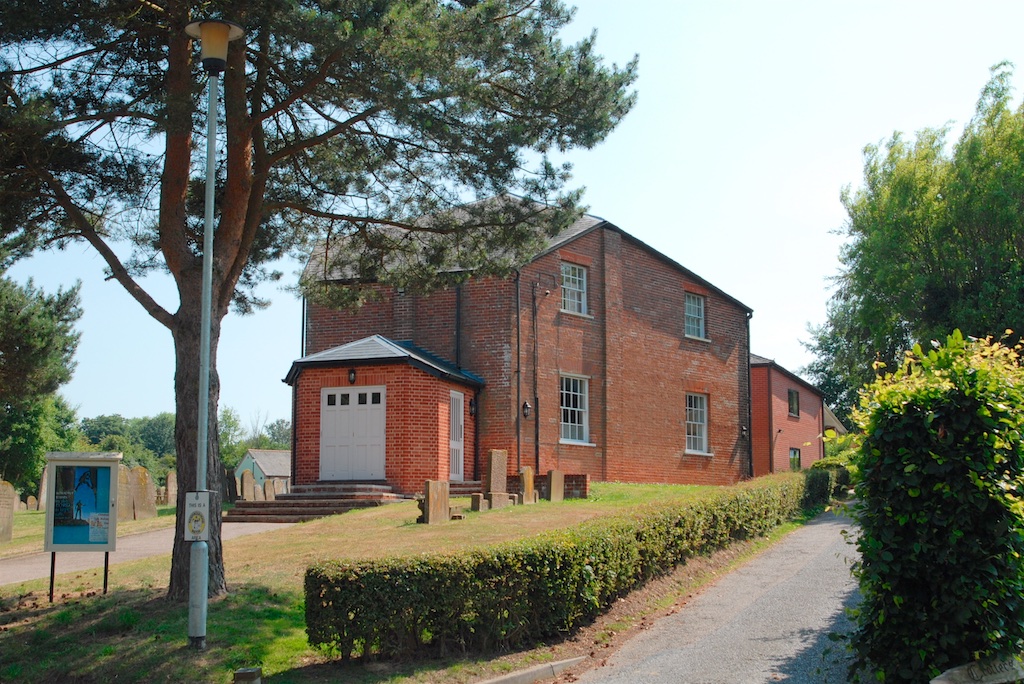
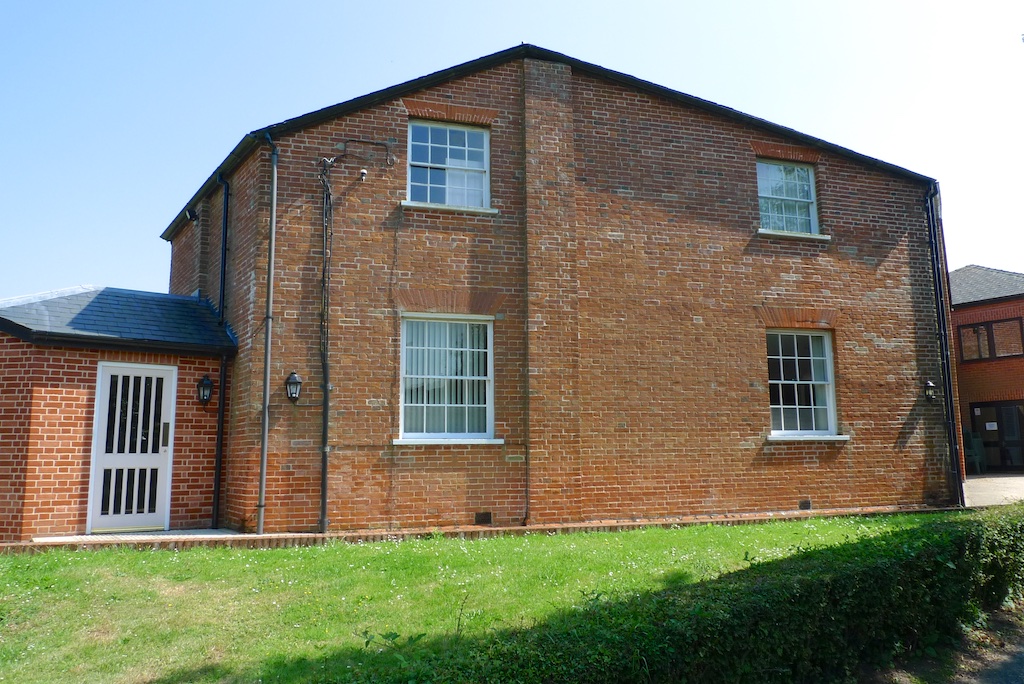
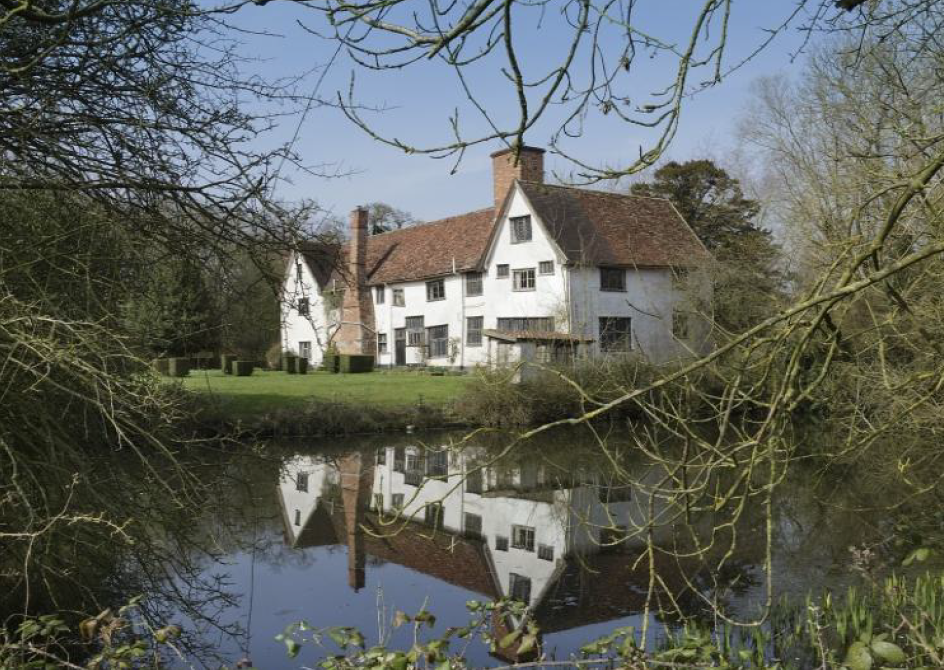
Sandon notes that the manor of Ufford is named after Robert de Ufford, who was lord also of Ufford, near Woodbridge and refers to Coppinger’s Manors of Suffolk, Vol IV wherein details of Fressingfield parish are to be found from pages 34 - 41 including five other manors as well as Ufford Hall. The section on the manor of Ufford Hall describes the evolution from Edward I’s time including the Uffords and Sancrofts. Dr William Sancroft was Archbishop of Canterbury and was born there, resided there and “he was interred in the chantry and under a handsome monument”. There is no other mention of a chantry in the manor, though.
Pevsner concludes with “Whittingham Hall, 1.5 miles NE. What remains is a fine out-building of the former Hall, red brick, wide, two-storeyed, with two projecting wings ending in shaped gables. A tablet with the date 1653 over the porch.” I have still not made it to this remote outpost despite trying but think it not visible from the road or footpath.
Finally, anyone interested in the history of Fressingfield might want to note that there is a book called The Bohun of Fressingfield Cartulary edited by Bridget Wells-Furby and published by Boydell and Brewer